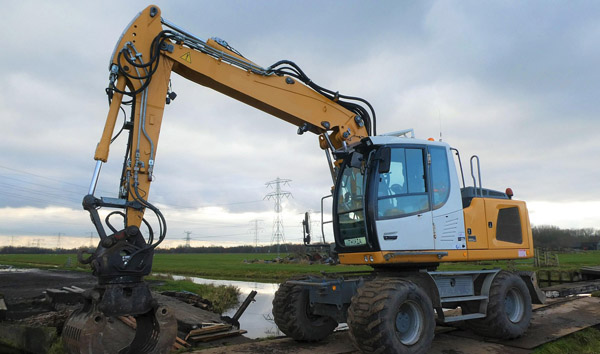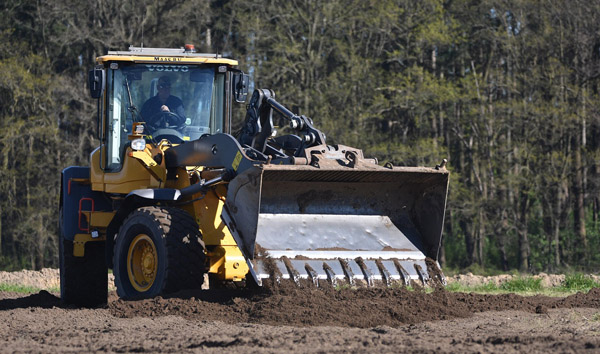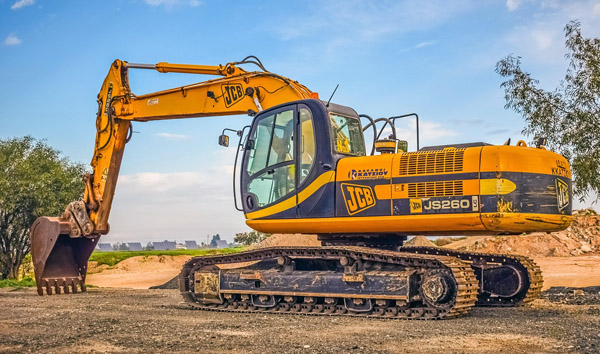Navigating the Challenges: The Rise of Rough Terrain Forklifts in Industrial Applications
2025-07-03 05:45:28
The construction, agriculture, and mining sectors are increasingly relying on Rough Terrain Forklifts to move heavy loads in challenging conditions. Unlike standard forklifts, these machines feature reinforced tires, powerful engines, and enhanced stability systems to operate on dirt, gravel, and uneven ground. Their versatility makes them indispensable for projects in remote or undeveloped areas.
One of the key advantages of rough terrain forklifts is their ability to lift and transport materials in environments where conventional equipment would struggle. For example, in the forestry industry, these forklifts are used to move logs across muddy or rocky terrain. Their high ground clearance and four-wheel drive capabilities ensure they remain operational even in the harshest conditions. Manufacturers like Caterpillar and JCB have introduced models with improved hydraulic systems and fuel efficiency, further boosting their appeal.
Market data indicates a steady growth in the rough terrain forklift sector, with projections estimating a 6.2% annual increase through 2028. This growth is driven by infrastructure development in emerging economies and the expansion of renewable energy projects, which often require heavy lifting in remote locations. Additionally, the integration of telematics and GPS tracking in newer models allows for better fleet management and operational efficiency.
Safety remains a top priority for operators of rough terrain forklifts. Training programs emphasize proper handling techniques, load balancing, and terrain assessment to prevent accidents. Innovations such as automatic load stabilization and anti-rollover systems have significantly reduced workplace injuries. As industries continue to push into more demanding environments, the role of rough terrain forklifts will only become more critical.
In conclusion, rough terrain forklifts are transforming how industries approach material handling in tough conditions. Their durability, adaptability, and technological advancements make them a vital asset for modern operations. With ongoing improvements in design and functionality, these machines are set to dominate the heavy equipment market for years to come.














